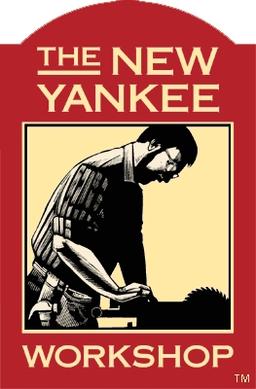Hi everyone,
I’m slowly getting into the craft of woodworking and I’m trying to pick out some “starter” tools. I don’t want to go completely cheap but I don’t want to spend all kinds of money (yet).
I was set on getting a cross cut panel saw for ripping and cross cutting (until I get a ripping saw) and a fine tooth pull saw for more accurate cuts.
My questions for recommendations are:
- Should I get a hardened cross cut saw and just use it until it’s junk or get one I can sharpen?
- Can hardened carbon steel chisels be sharpened or are they also “disposable”?
- Is it better just to get a “dovetail” saw than a fine tooth pull for small, accurate cuts such as a joint?
- On a different note, is a #4 planer the best to start with? A few videos recommend that over a #5 because a #4 is easier for smoothing.
Any help is greatly appreciated. I know I’ll have to just try a few things and see what works best, but I’m trying to be wise with what I get.


You can set up a saw with a combination tooth pattern so you can cross cut and rip easier with the same saw. If you try and rip with a crosscut pattern you’ll struggle. Spear and Jackson sells a combination saw. You might need two different files in order sharpen the different profiles.
What do you mean by hardened? Do you mean quenched(hardened) and annealed(tempered) or just quenched? I’m don’t think someone sells a just quenched chisel. I’m pretty sure that would be too brittle.
What do you mean by “fine tooth pull”? Do you mean a pull saw with fine teeth? Like a dozuki?
A lot of people recommend the #4 for smoothing along with a scrub plane for rough work. If you need to straighten longer boards you’ll need a jointer plane too.
Because of this some people recommend jack planes. There are also low angle jack planes. Low angle planes can benefit from having two different plane blade angles for different tasks. A lower angle for end grain and a higher angle for smoothing. You would need two different blades for this. Since the jack plane is longer you’re also able to joint with it too. You can also scrub with a jack plane by opening the mouth to remove more material. With a jack plane you’ll need a block plane for chamfers.